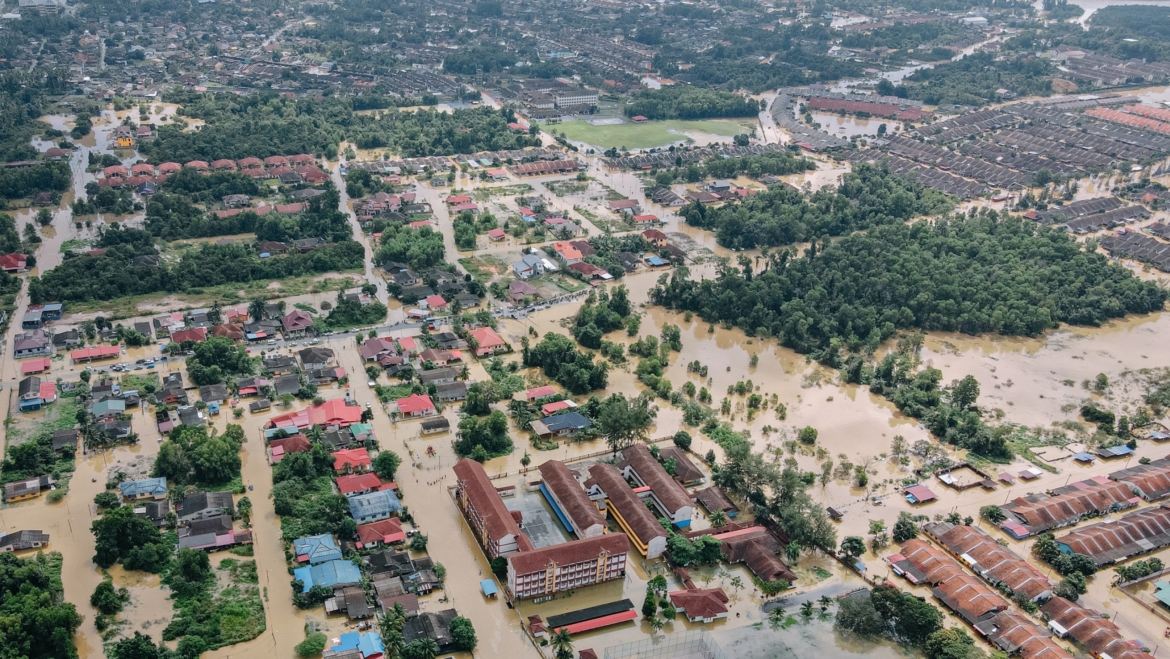Hurricane season for the Atlantic Ocean began June 1 this year. The National and Oceanic and Atmospheric Administration (NOAA) predicts an above-average season, with 14-22 named storms, of which 6-10 could be hurricanes, more than half of them with wind speeds in excess of 110mph.1 Although the intensity of the wind is what determines whether a storm is a tropical storm, a hurricane, or a major hurricane, 90% of hurricane-related deaths are water-related.2 Even if forecasters have overestimated the 2022 hurricane season, emergency management professionals often say, “It only takes one.”
What does the threat of hurricanes mean for people experiencing homelessness? Our nation’s homeless response systems are already stretched to capacity. On any given night, more than 550,000 people are estimated to be experiencing homelessness, with only 326,000 of those in emergency shelters, transitional housing, or other temporary settings. That’s over 200,000 people who do not have access to safe shelter before factoring in the potential impact of a natural disaster. People experiencing homelessness are substantially more vulnerable to a disaster, generally lacking information about an impending storm, the means to evacuate to safety, or a place to go. Emergency disaster shelters often have barriers that prevent them from accessing services such as not allowing pets or other restricted items. Individuals may also be fearful of law enforcement presence and security processes at a shelter.
For others, particularly the under- or uninsured, a disaster may cause them to become homeless. After Hurricane Katrina, countless homeowners who had worked hard their entire lives to pay off their homes saw them damaged beyond their ability to afford repair. Renters were often unable to return to storm-damaged units. Often, once a landlord makes necessary repairs, rents are hiked to unaffordable levels for previous tenants. Every time a family is forced out of their home, additional trauma is inflicted in an already challenging time and risks displacing individuals from their support network. Kids are forced to change schools or even school districts and can lose connections to churches and social groups.
Cloudburst is committed to ending homelessness by making it rare, brief, and a one-time experience. To help those most vulnerable to disasters, Cloudburst has developed a specialized team of technical assistance providers to help Continuums of Care (CoCs) prepare ahead for disasters and coordinate information and resources during them. Our team has been deployed by HUD’s Office of Special Needs Assistance Programs (SNAPS) to assist in response to hurricanes, wildfires, floods, tornadoes, and public health emergencies with individual communities. Cloudburst coordinates with other federal agencies such as the Federal Emergency Management Agency (FEMA) and the Centers for Disease Control (CDC) and with national partners like the American Red Cross to quickly assess and identify individuals who need additional support to begin their recovery.
Since many CoCs have never experienced a large-scale disaster, our team is there to walk them through the process, connect them to partners on the ground, and help identify what options are available to assist them in responding to the increase in families requiring housing assistance. As climate change continues to increase the frequency and severity of disasters worldwide, our team will be constantly working to help communities house people experiencing homelessness. Cloudburst knows that it doesn’t matter how many storms are predicted — it just takes one — and there are still too many people without the means to weather a storm on our streets.
- https://tropical.colostate.edu/forecasting.html
- https://www.orlandosentinel.com/weather/hurricane/os-ne-hurricane-storm-surge-more-dangerous-than-wind-20190503-story.html

